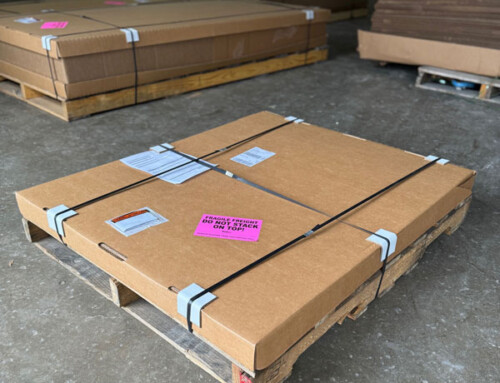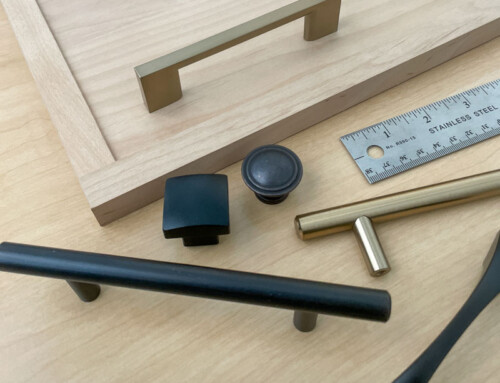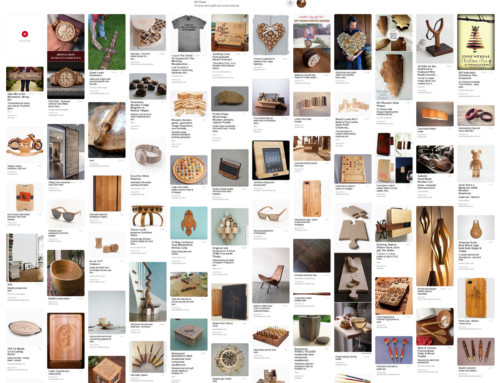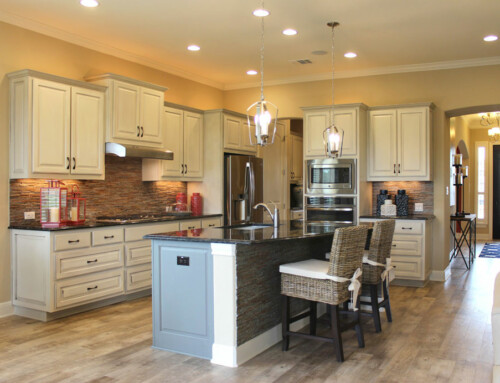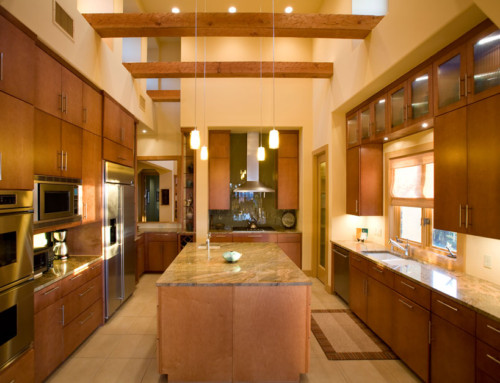When deciding on cabinet door material for painted cabinet doors there are few important criteria to consider.
Depending on cabinet location, end use, budget and environment, the best choice for your project may vary.
A few important things to consider when choosing between poplar, soft maple, hard maple and hardwood frame with MDF panel for painted cabinet doors:
Poplar vs Maple vs MDF Hardness – Dent Resistance – Jenka Rating
If your cabinets are in high-traffic, high-use areas, or you have kids who like to drive toys around in the house, etc., hardness ratings matter. Extra material hardness can prevent dents and deep scratches from forming.
What is the Janka Hardness Scale?
The Janka Hardness Scale was developed in 1906 by wood researcher Gabriel Janka. The hardness scale demonstrates wood species’ resistance to denting and wear by using force to press an 11.28mm (.444″) steel ball into wood samples that are typically 2″ x 6″ and 1/4″ to 5/16″ thick, until the ball is exactly halfway submerged in the wood.
Wood samples tested have consistent humidity levels, tests are conducted on multiple pieces of each species, and test results are then averaged. The amount of force required to submerge the steel ball is the rating number. The higher the number, the more force was required to dent the wood. This rating scale is designed to give an idea of which hardwoods are more hard, dent resistant and durable than others.
Janka Hardness Ratings:
Poplar: 540
Soft Maple: 950
Hard Maple: 1450 (which is why it’s used for baseball bats and bowling alleys)
MDF – No Janka Hardness Rating (see below)
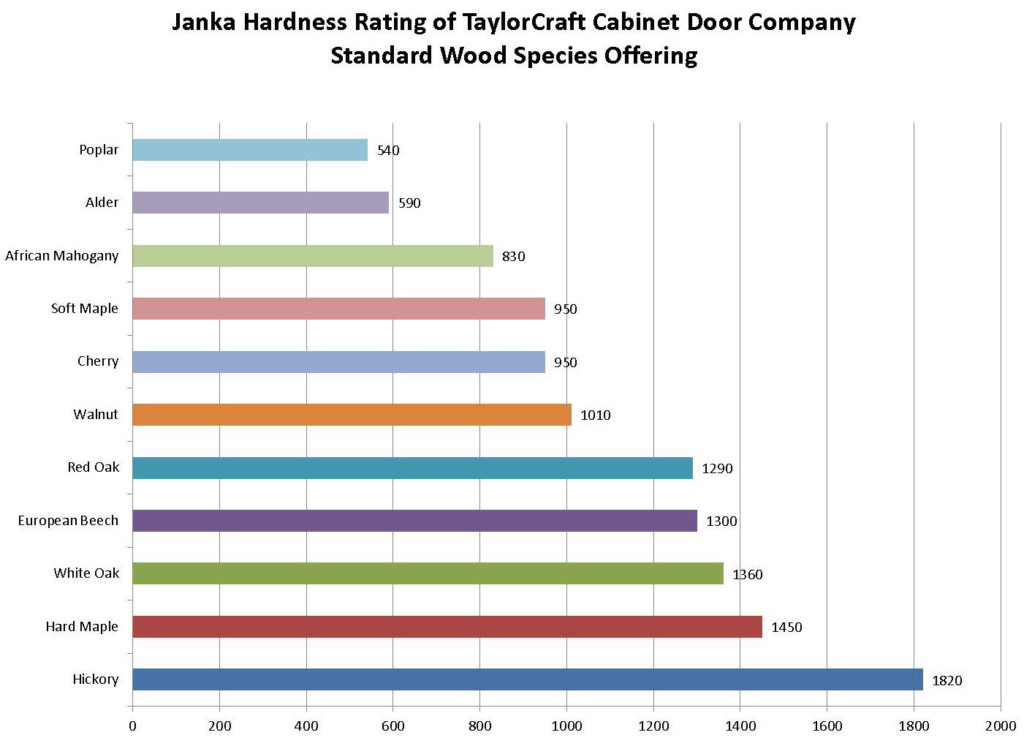
Solid MDF is made using real wood fibers mixed with resins, and then compressed under tremendous pressure and heat.
This creates a hard, durable, wood-based product that is resistant to dents and expansion/contraction movement.
MDF is not rated on the Janka scale and precise MDF hardness can vary depending on the brand/type and density of the MDF.
However, according to tests by Matthias at Woodgears, MDF is harder than maple and white oak and more consistent in hardness/density than other hardwoods.
Poplar vs Maple vs MDF Stability
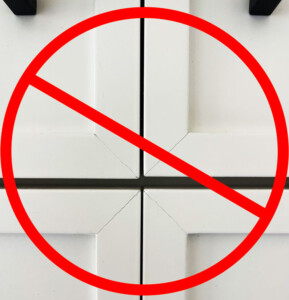
Because of MDF’s consistent, dense composition, MDF is less prone than hardwoods like maple and poplar, to expansion and contraction due to changes in the environment. It is worth noting MDF fibers absorb water if submerged, so it’s not a good material choice for outdoor furniture.
Cabinet door panels are the most likely to expand and contract vs. more narrow frame pieces, due to environment changes, because panels are typically the widest piece of material on the cabinet door. When it comes to painted cabinet doors, this contrast in stability can make a big difference in how the doors look over time.
A wood cabinet door panel can expand and contract when humidity levels change due to forced heat drying the air out in the winter, high humidity days in warmer months or when cooking or washing/drying clothes. When panels expand and contract, it can cause pressure on the frame, creating visible hairline cracks in the paint as shown here. Cope and stick doors tend to be more stable, and less prone to movement caused by humidity than mitered construction cabinet doors, which is why you don’t see exterior doors with mitered construction.
Because doors with MDF panels or veneered MDF core panels are more stable, they are less likely to expand/contract and cause movement in the panel or frame.
Poplar vs Maple vs MDF Weight
Weight
If weight is an important consideration for your cabinets, it’s good to know poplar and soft maple are on the lighter end of the spectrum.
Below are rough lbs/dried cubic foot measurements according to calculations on wood-database.com
Poplar 28-29 lbs
Soft Maple 30-38lbs
Hard Maple 40 lbs
MDF 40-50 lbs
Poplar vs Maple vs MDF Cost
Paint Grade Poplar frame with an MDF panel is typically the least expensive wood frame, 5-piece, paint grade cabinet door material option.
Paint grade soft maple is a bit more expensive than paint grade poplar, and hard maple is more expensive than soft maple,
because hard maple trees tend to grow much more slowly than soft maple.
Poplar vs Maple vs Poplar or Maple with MDF Panel ranked from least expensive to most expensive:
Poplar with MDF Panel<Paint Grade Soft Maple with MDF Panel<Paint Grade Soft Maple<Natural Soft Maple<Natural Hard Maple<Select Hard Maple
Poplar vs Maple vs MDF Finishing Considerations
Some cabinetmakers prefer maple over poplar due to it’s smooth, hard surface that doesn’t telegraph wood grain pattern when prepped properly, while some prefer poplar over maple due to ease of machining.
Most Popular Materials for 5-Piece Painted Cabinet Doors
The most popular materials for 5-piece painted cabinet doors from TaylorCraft Cabinet Door Company are paint grade soft maple with MDF panel and paint grade poplar with MDF panel.
Here are photos of poplar, mdf, soft and hard maple 5-piece cabinet doors. Note: select grade hard and soft maple are not typically used for painted cabinets due to cost.
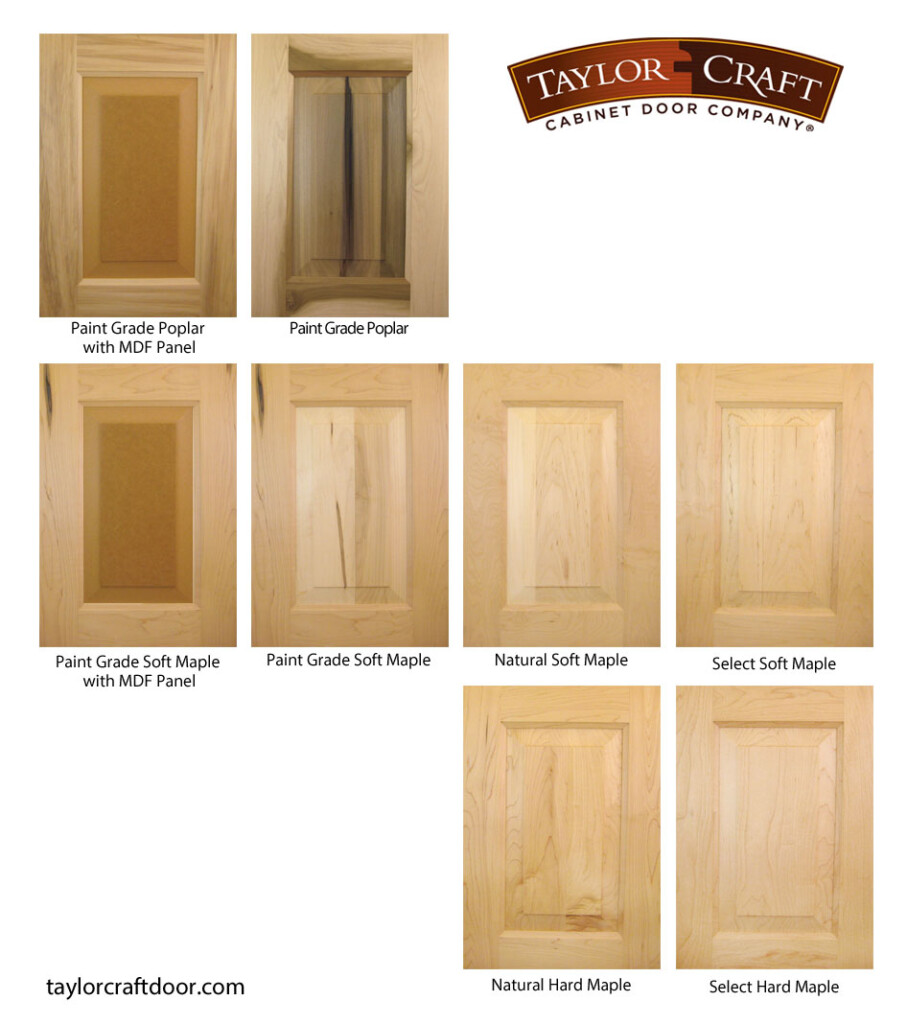
For descriptions of each of these materials see TaylorCraft Cabinet Door Company’s material photos and descriptions page.
Fine Woodworking has a great article on building with MDF linked here.


